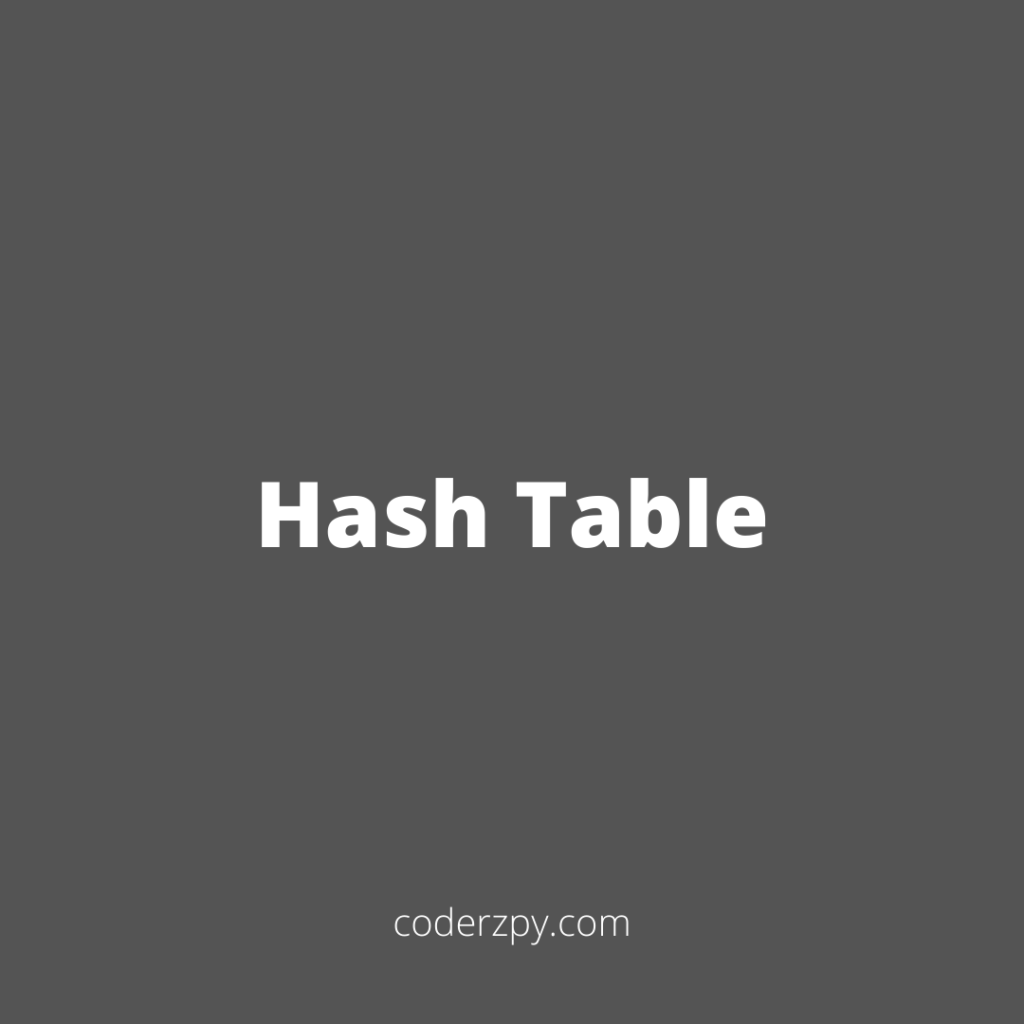
In this lecture we will be implementing our own Hash Table to complete our understanding of Hash Tables and Hash Functions! Make sure to review the video lecture before this to fully understand this implementation!
Keep in mind that Python already has a built-in dictionary object that serves as a Hash Table, you would never actually need to implement your own hash table in Python.
Map
The idea of a dictionary used as a hash table to get and retrieve items using keys is often referred to as a mapping. In our implementation we will have the following methods:
- HashTable() Create a new, empty map. It returns an empty map collection.
- put(key,val) Add a new key-value pair to the map. If the key is already in the map then replace the old value with the new value.
- get(key) Given a key, return the value stored in the map or None otherwise.
- del Delete the key-value pair from the map using a statement of the form del map[key].
- len() Return the number of key-value pairs stored
- in the map in Return True for a statement of the form key in map, if the given key is in the map, False otherwise.
class HashTable(object):
def __init__(self,size):
# Set up size and slots and data
self.size = size
self.slots = [None] * self.size
self.data = [None] * self.size
def put(self,key,data):
#Note, we'll only use integer keys for ease of use with the Hash Function
# Get the hash value
hashvalue = self.hashfunction(key,len(self.slots))
# If Slot is Empty
if self.slots[hashvalue] == None:
self.slots[hashvalue] = key
self.data[hashvalue] = data
else:
# If key already exists, replace old value
if self.slots[hashvalue] == key:
self.data[hashvalue] = data
# Otherwise, find the next available slot
else:
nextslot = self.rehash(hashvalue,len(self.slots))
# Get to the next slot
while self.slots[nextslot] != None and self.slots[nextslot] != key:
nextslot = self.rehash(nextslot,len(self.slots))
# Set new key, if NONE
if self.slots[nextslot] == None:
self.slots[nextslot]=key
self.data[nextslot]=data
# Otherwise replace old value
else:
self.data[nextslot] = data
def hashfunction(self,key,size):
# Remainder Method
return key%size
def rehash(self,oldhash,size):
# For finding next possible positions
return (oldhash+1)%size
def get(self,key):
# Getting items given a key
# Set up variables for our search
startslot = self.hashfunction(key,len(self.slots))
data = None
stop = False
found = False
position = startslot
# Until we discern that its not empty or found (and haven't stopped yet)
while self.slots[position] != None and not found and not stop:
if self.slots[position] == key:
found = True
data = self.data[position]
else:
position=self.rehash(position,len(self.slots))
if position == startslot:
stop = True
return data
# Special Methods for use with Python indexing
def __getitem__(self,key):
return self.get(key)
def __setitem__(self,key,data):
self.put(key,data)
h = HashTable(5)
# Put our first key in h[1] = 'one' h[2] = 'two' h[3] = 'three'
print(h[1])
‘one’
print(h[4])
None
Follow Me
If you like my post please follow me to read my latest post on programming and technology.
Leave a Comment
You must be logged in to post a comment.